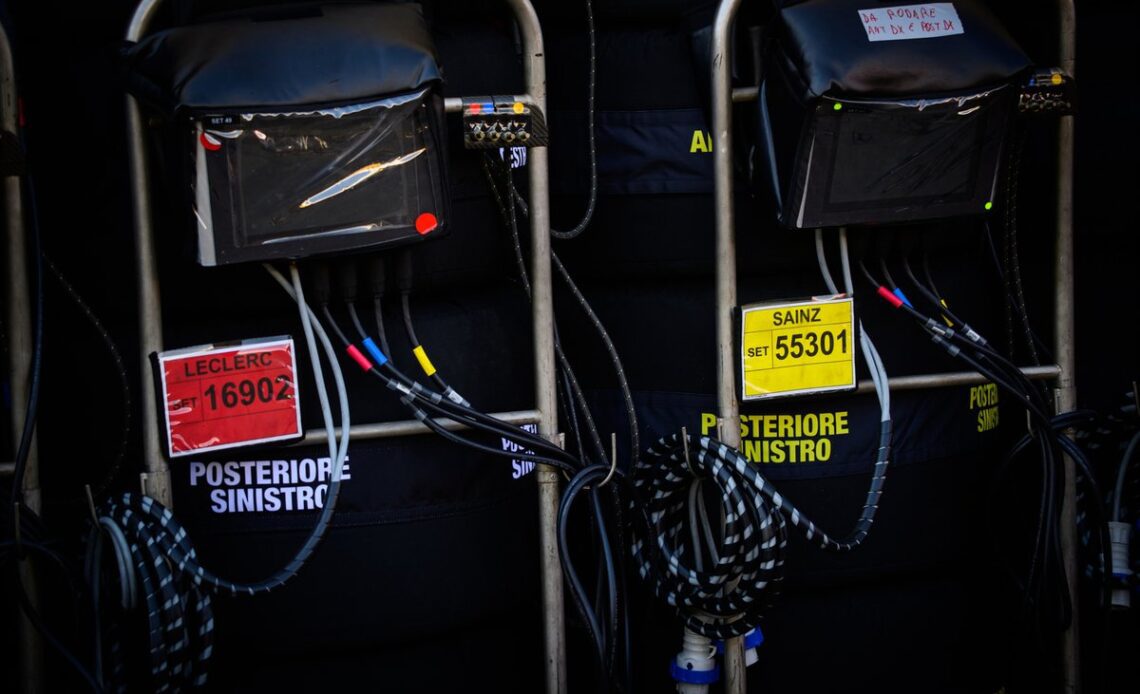The move has long been planned as part of an additional change for 2024, where tyre blanket use is set to be totally abandoned within the championship’s sustainability drive.
But lowering tyre blanket temperature alone has proved to be unpopular with the drivers and has been in the headlines in particular since the recent US Grand Prix, where the first of two in-event 2023 tyre tests took place, before the second occurred in Mexico last weekend.
Red Bull’s world champion Max Verstappen said the move would lead to “a lot of crashes”, while McLaren’s Lando Norris felt “everyone’s going to shunt their car at some point”.
In response to the driver’s comments after the Austin test, Pirelli conducted an experiment for the Mexico test where the tyres were heated in blankets at 70°C but only for two hours and not the usual three, which would have remained the operation for the 50°C limit being brought in.
Pirelli apparently discovered that this change actually used less energy overall and would soothe the drivers’ concerns at the same time.
Pirelli motorsport boss Mario Isola then explained to Motorsport.com that while for 2024 “the plan is still not to have a blanket, for next year the investigation of our analysis said that if you warm the tyres at 70°C for two hours and not three hours, you save more energy than the blankets at 50°C for three hours”.
“Because this is the period of blanket that is using a lot more energy – it’s like the oven at home,” he continued.
“So, if you switch it on, you have a first phase where you go up to the required temperature and then it’s stabilised.
“But to keep the temperature at the level you want, you need to use energy. So, that’s the point.”
Tyre heating system, Ferrari F1-75 Charles Leclerc, Carlos Sainz
Photo by: Erik Junius
Isola presented Pirelli’s findings to the drivers in their Mexico City GP post-FP2 regular briefing.
He said that the drivers agreed they would prefer F1 to adopt the approach of heating the tyres hotter for a shorter period.
“For me it’s a sensible solution,” said Isola. “As I said, we also save more energy.
“Now, we have to analyse all the data [from the heating approach ahead of the Mexico test] because clearly the test was [only last] Friday and we didn’t have a lot of time to analyse the data.”
“The [rest of the] plan is to find the five compounds we want to homologate for 2023.
“[Then] bring the final version of…
Click Here to Read the Full Original Article at Motorsport.com – Formula 1 – Stories…

